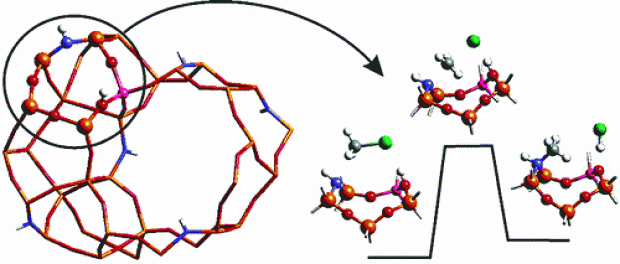Controlling the Size of Hot Injection Made Nanocrystals by Manipulating the Diffusion Coefficient of the Solute
Abstract
We investigate the relation between the chain length of ligands used and the size of the nanocrystals formed in the hot injection synthesis. With two different CdSe nanocrystal syntheses, we consistently find that longer chain carboxylic acids result in smaller nanocrystals with improved size dispersions. By combining a more in-depth experimental investigation with kinetic reaction simulations, we come to the conclusion that this size tuning is due to a change in the diffusion coefficient and the solubility of the solute. The relation between size tuning by the ligand chain length and the coordination of the solute by the ligands is further explored by expanding the study to amines and phosphine oxides. In line with the weak coordination of CdSe nanocrystals by amines, no influence of the chain length on the nanocrystals is found, whereas the size tuning brought about by phosphine oxides can be attributed to a solubility change. We conclude that the ligand chain length provides a practical handle to optimize the outcome of a hot injection synthesis in terms of size and size dispersion and can be used to probe the interaction between ligands and the actual solute.



